When you think of fish, you might picture swimming gracefully through the water, fins flapping. But did you know that some fish actually have suckers that help them cling to surfaces or other creatures? These "sucker fish" use their unique ability to stay attached to rocks, sharks, or even boats, all thanks to their special adaptations. Let’s dive into the world of 10 incredible fish with suckers and discover how they use this unique feature to survive!
1. Remora (Suckerfish)
2. Lumpfish
3. Catfish
4. Gobies
5. Hagfish
6. Clingfish
7. Carpet Shark
8. Sea Lamprey
9. Oceanic Manta Ray
Sucker fish are a fascinating group of fish that have evolved unique adaptations to help them stick to surfaces or even other animals. These fish typically have a specialized "sucker" or "suction cup" structure, usually on their belly or head, which helps them cling to rocks, coral reefs, other fish, or even the bottom of boats. This adaptation gives them a huge survival advantage, as it helps them avoid predators and stay in optimal feeding areas.
Let’s take a closer look at 10 fish that have suckers and learn how they use them to thrive in their environments.
The Remora, also known as the suckerfish, is probably the most well-known fish with a sucker. It has a modified dorsal fin that acts like a suction cup, which it uses to attach itself to larger animals like sharks, turtles, and even boats! This helps them hitch a ride, saving energy while traveling through the water and feeding on scraps left behind by their hosts. Remoras are often seen swimming alongside larger aquarium/52-marine-animals.html">marine animals, taking full advantage of the movement to catch small food particles in the water.
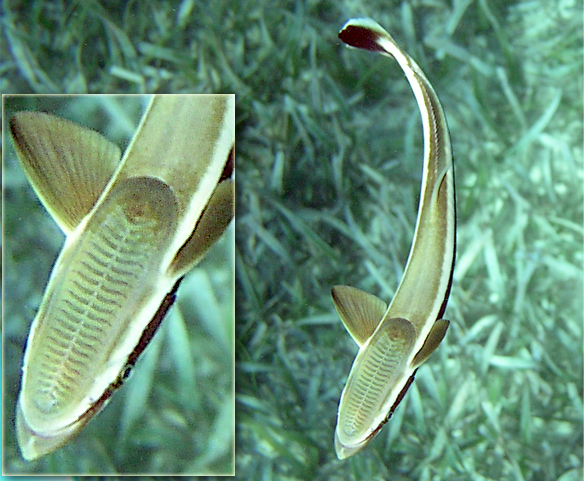
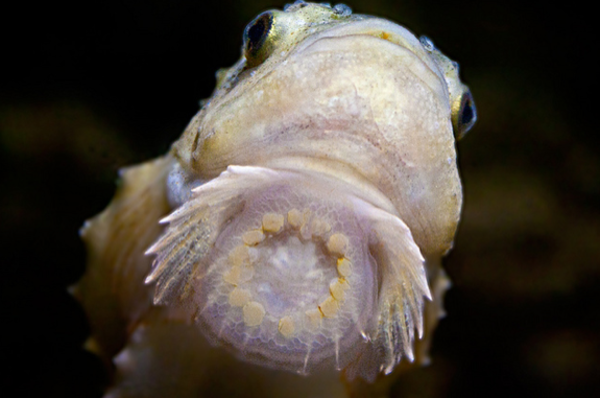
The Lumpfish is a small fish with a round body and a unique sucker on its underside. The sucker is used to cling to rocks and other hard surfaces in the ocean, helping it stay in place during strong currents. These fish are found in cold waters, mostly in the North Atlantic, and use their sucker to stabilize themselves against powerful waves. The lumpfish’s sucker makes it especially efficient at surviving in these often tumultuous environments.
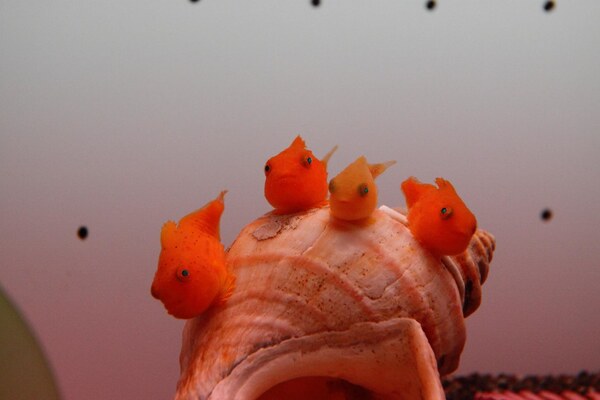
Many catfish species have adapted to life on the riverbed or ocean floor by developing a sucker-like structure. This helps them attach to rocks or underwater plants, making them more stable in fast-moving waters. Catfish use their suckers to feed off detritus and algae that grow on submerged surfaces. Some species even have specialized suckers on their mouths, which they use to latch onto prey or even their environment for support.
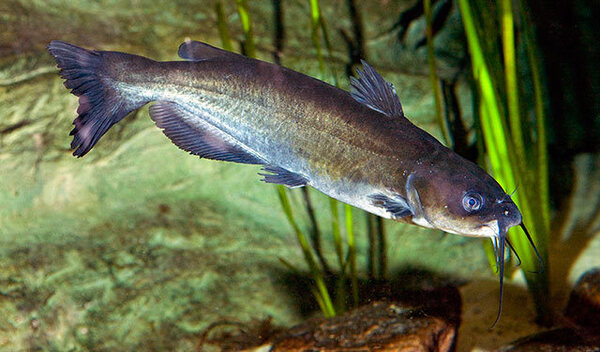
Gobies are small, bottom-dwelling fish that have a specialized sucker on their bellies. This allows them to cling to rocks or coral reefs, especially in places with strong currents. Gobies are known for their ability to "suction" onto surfaces for protection, and they often pair up with larger fish or sea anemones for mutual benefit. Their sucker helps them maintain their position and stay safe from predators.
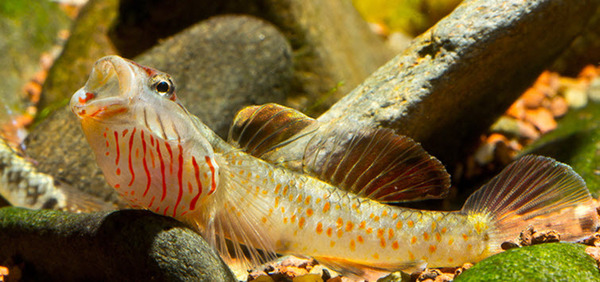
Hagfish are incredibly unique creatures with a suction-like mouth that allows them to attach to their prey. While they’re not your typical sucker fish, their feeding habits are fascinating. Hagfish are scavengers, using their strong mouths to latch onto dead fish and other aquarium/52-marine-animals.html">marine animals. They can even tie themselves in knots to gain better leverage while feeding. Their ability to cling to their prey using a form of suction is one of the reasons they’ve been able to survive for millions of years.

Clingfish are aptly named because of their amazing ability to stick to surfaces. They have an adhesive sucker on their bellies, which they use to attach to rocks or coral. This allows them to stay safe from strong currents and predators. Clingfish can be found in both freshwater and saltwater environments, and their suckers are especially useful for holding on to submerged surfaces in fast-moving water.
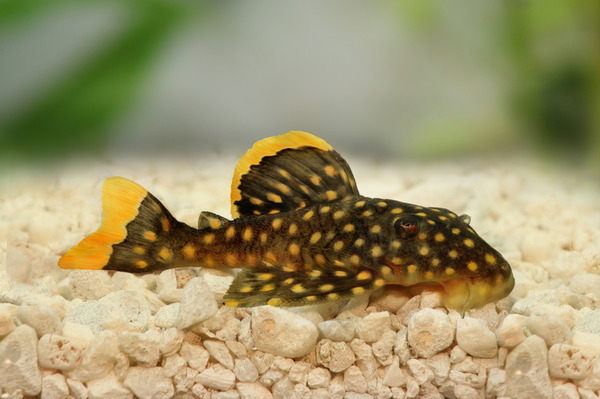
The Carpet Shark is another fascinating fish with suckers. While not all species of carpet sharks have suckers, some, like the nurse shark, have suction-like mouths that help them feed on small prey. These sharks are bottom dwellers and use their specialized mouths to suck in prey like crabs, mollusks, and small fish. Their sucker-like feeding mechanism makes them well-suited to life in rocky and coral-rich environments.
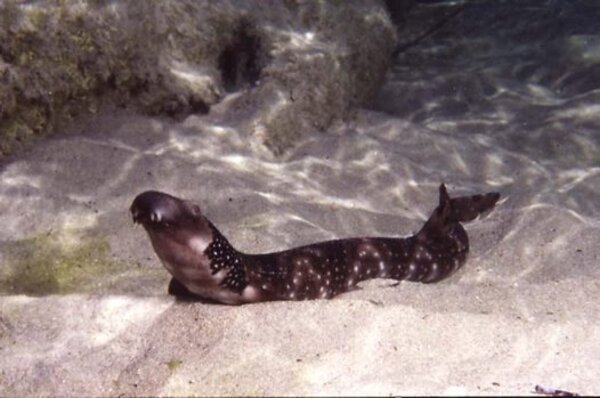
The Sea Lamprey is a parasitic fish with a round, sucker-like mouth lined with sharp teeth. It attaches itself to the side of other fish and feeds on their blood and bodily fluids. The sea lamprey uses its sucker mouth to create a seal and latch onto its host, sometimes causing significant damage. Despite its parasitic nature, it’s an important part of the food chain in its ecosystem.
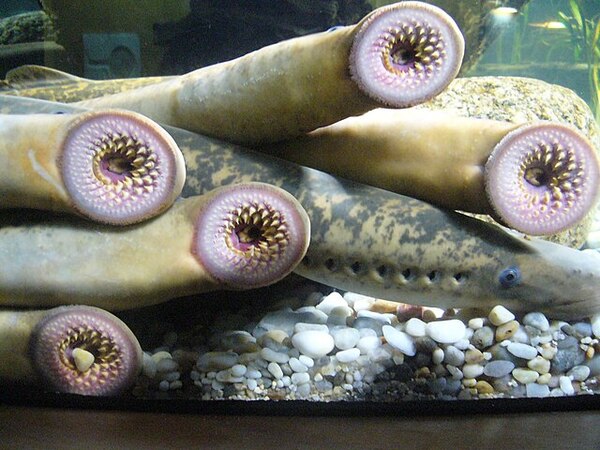
While Manta Rays are not typically thought of as sucker fish, their feeding habits are closely related to suction. Manta rays use their large mouths to funnel in plankton and small fish, creating a suction-like effect. This allows them to filter-feed in open water, using the flow of water through their gills to "suck" in food. Their feeding style is a fascinating example of how suction can help aquarium/52-marine-animals.html">marine animals capture food.
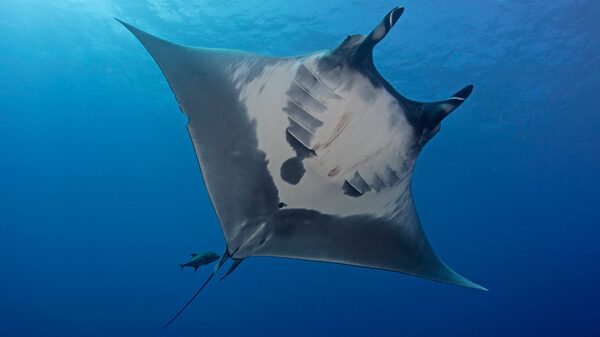
Fish develop suckers for a variety of reasons. In many cases, a sucker allows them to stay in place in environments with strong currents or predators. The ability to cling to rocks, corals, or other animals helps them conserve energy and avoid being swept away. Suckers also aid in feeding, allowing fish to attach themselves to surfaces or prey. For some species, suckers are an essential survival tool, making them more efficient at hunting and evading predators.
Sucker fish are incredibly well-adapted to their environments. Their suckers provide stability in turbulent waters, helping them stay put while they feed. Some fish, like the Remora, even use their suckers to hitch rides on larger animals, saving energy and increasing their chances of survival. Sucker fish also have unique evolutionary traits that make them perfect for their environments. For example, the lumpfish’s sucker is specifically designed to help it cling to underwater rocks in cold, fast-moving waters.
Sucker fish are some of the most unique and fascinating creatures in the ocean. From the Remora’s ability to ride along with sharks to the Northern Pike’s hunting technique, these fish have evolved remarkable adaptations to survive. Whether they’re clinging to rocks, filtering food from the water, or attaching to larger animals for transport, sucker fish prove that sometimes sticking around is the best survival strategy.
Next time you see a fish clinging to a surface, you’ll know just how impressive these sucker fish are. They’re not just clinging—they’re thriving in their environments, thanks to their special adaptations!
animal tags: Clingfish
We created this article in conjunction with AI technology, then made sure it was fact-checked and edited by a Animals Top editor.